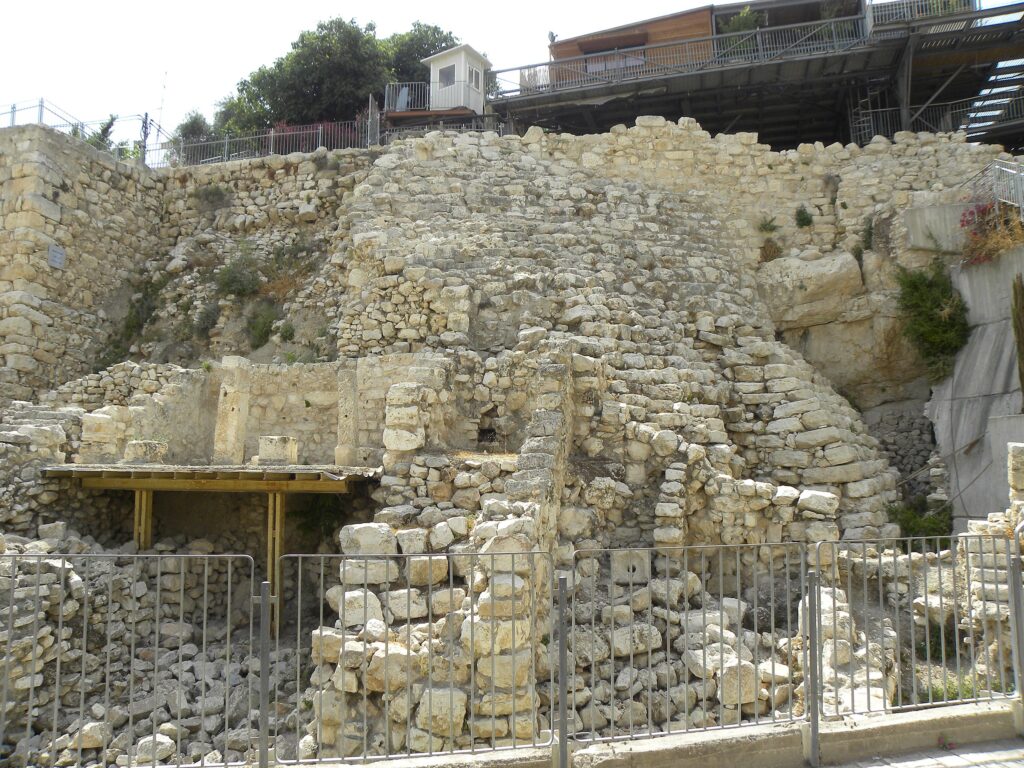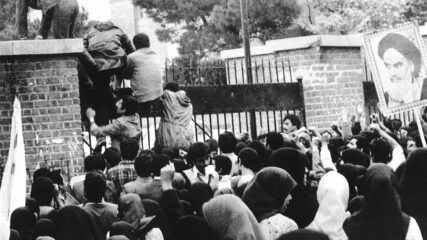August 3, 1981
Excavations in Jerusalem’s Area G, on the eastern side of the City of David, are suspended because of attacks on archaeologists at the site by Haredi Jews, most of them part of the anti-Zionist Neturei Karta, vehemently opposed to the dig.
Archaeologists have worked at the hillside site for four years, but the protests began only after claims recently emerged that an old Jewish cemetery is there. Hebrew University, which is leading the dig, advocates for continuing the excavation, whose volunteers include several Orthodox Jews. The religious resistance to the dig faces a substantial backlash from secular Israelis and the academic community. Less than three weeks after the violence-driven halt in the work, both of Israel’s chief rabbis, Ashkenazi Shlomo Goren and Sephardi Ovadia Yosef, condemn the excavation. Goren says he saw human bones when he snuck onto the dig site, and he debates the issue on television against archaeologist Yigael Yadin.
The dispute reflects the secular-religious divide in Israel and has political implications: Prime Minister Menachem Begin’s newly formed government holds only 61 of the Knesset’s 120 seats and relies on the support of religious parties to maintain a majority. Led by Yigal Shiloh, the excavation is licensed by the Education Ministry, whose acting minister, Yosef Burg, also leads the National Religious Party. The party’s six Knesset members are part of the Begin coalition.
The excavation eventually resumes and yields the 60-foot-high ruin known as the Stepped Stone Structure.









